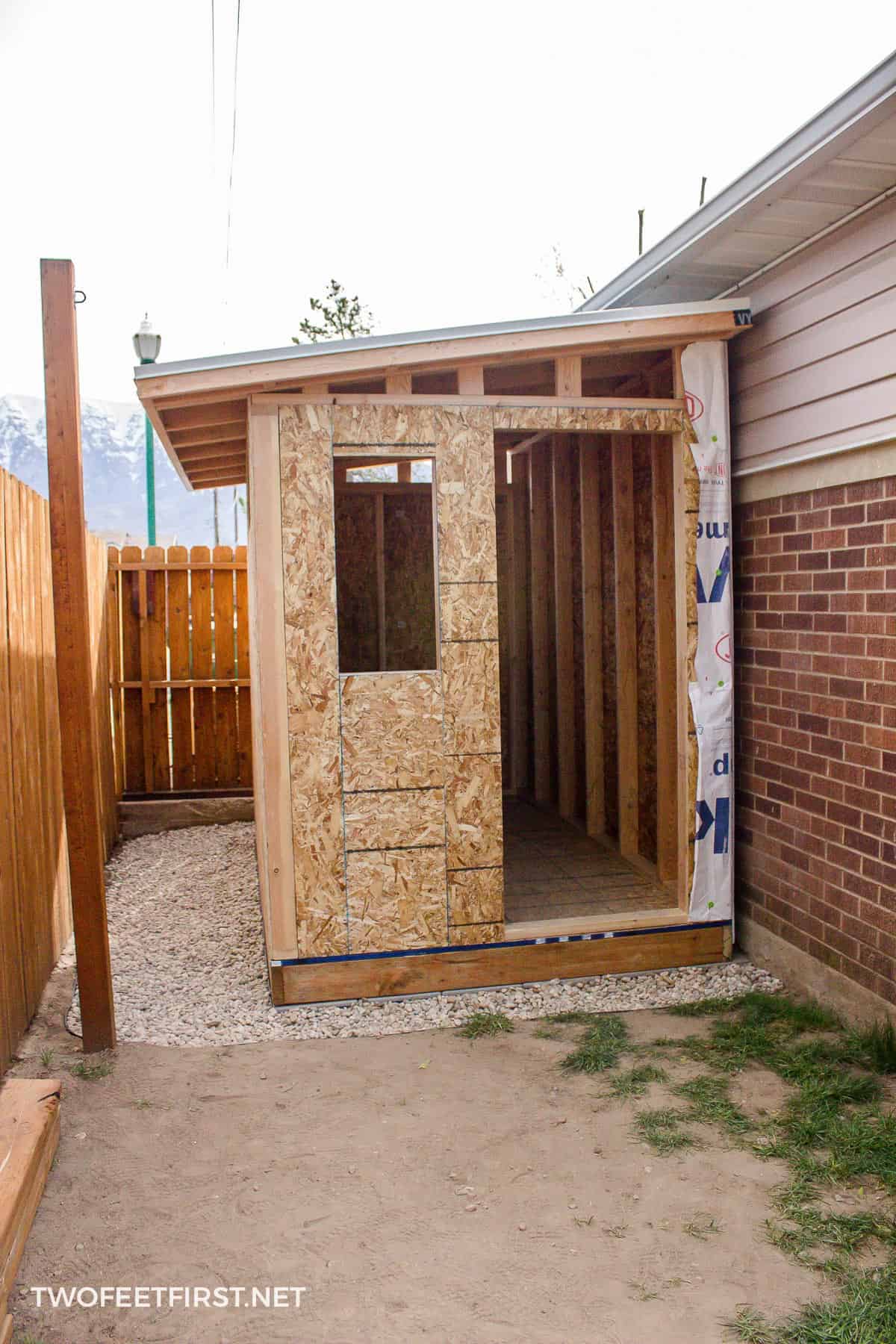Simple Garden Shed Makeovers & Projects for Beginners
Transforming your garden shed from a neglected space into a functional and aesthetically pleasing addition to your outdoor area doesn't require extensive building skills. With a little planning and some elbow grease, even beginner DIY enthusiasts can achieve impressive results. This guide presents simple projects perfect for novices, boosting your confidence and adding value to your garden.
Revitalizing Your Shed's Exterior
Begin your shed makeover with the most visible aspect â€" its exterior. A fresh coat of paint dramatically improves the shed's appearance and protects the wood from the elements. Choose a color that complements your garden's aesthetic. Before you start painting, thoroughly clean the shed's surface using a pressure washer or stiff brush to remove dirt, mildew, and loose paint. Allow it to dry completely before applying a quality exterior paint, ideally using a primer first for better adhesion and color vibrancy. For a more rustic look, consider using wood stain instead of paint. Remember to protect surrounding areas with drop cloths or plastic sheeting during the painting process.
Adding a Little Curb Appeal
Beyond paint, consider simple enhancements to increase your shed's curb appeal. Installing new window boxes overflowing with colorful flowers instantly brightens the shed's exterior. You can also add a decorative weather vane or a charming new door handle for a personalized touch. If your shed's wooden siding is looking a bit worn, consider replacing individual boards or adding decorative trim for a more polished finish. Even something as simple as adding a new coat of varnish to the door and window frames can make a significant difference.
Optimizing Your Shed's Interior
Once the exterior is refreshed, turn your attention to the interior. Organizing the shed's contents is key to maximizing its usability. Start by clearing out everything inside, discarding unwanted items and organizing the remaining belongings into categories. Install shelving units to store items efficiently. Consider using adjustable shelving to accommodate various sizes of tools and equipment. You can build your own basic shelves using readily available lumber or purchase pre-made units for a quicker solution. Clearly label everything for easy access.
Improving Shed Lighting and Ventilation
Adequate lighting and ventilation are crucial for a comfortable and functional shed. Replace old, dim bulbs with brighter, energy-efficient LED lights. Consider adding a motion-activated light for enhanced security. Improving ventilation helps prevent moisture buildup, protecting your stored items from mold and mildew. Installing vents or a small window, even if it's just an added louver, can significantly improve air circulation. If your shed lacks adequate ventilation, consider adding a small fan to increase air movement.
Simple Construction Projects
For slightly more ambitious beginners, simple construction projects can further enhance your garden shed's functionality. Building a simple workbench provides a dedicated workspace for gardening tasks or DIY projects. A basic design using inexpensive lumber and simple joinery techniques is entirely manageable for beginners. Alternatively, constructing a small potting bench near a window maximizes light and provides a convenient area for potting plants. Always ensure your chosen wood is treated for outdoor use.
Essential Tools for Beginners
Before embarking on any project, ensure you have the necessary tools. A basic toolbox should include:
- Hammer
- Screwdriver (Phillips and flathead)
- Measuring tape
- Level
- Saw (hand saw or circular saw)
- Drill (optional but helpful)
- Safety glasses





